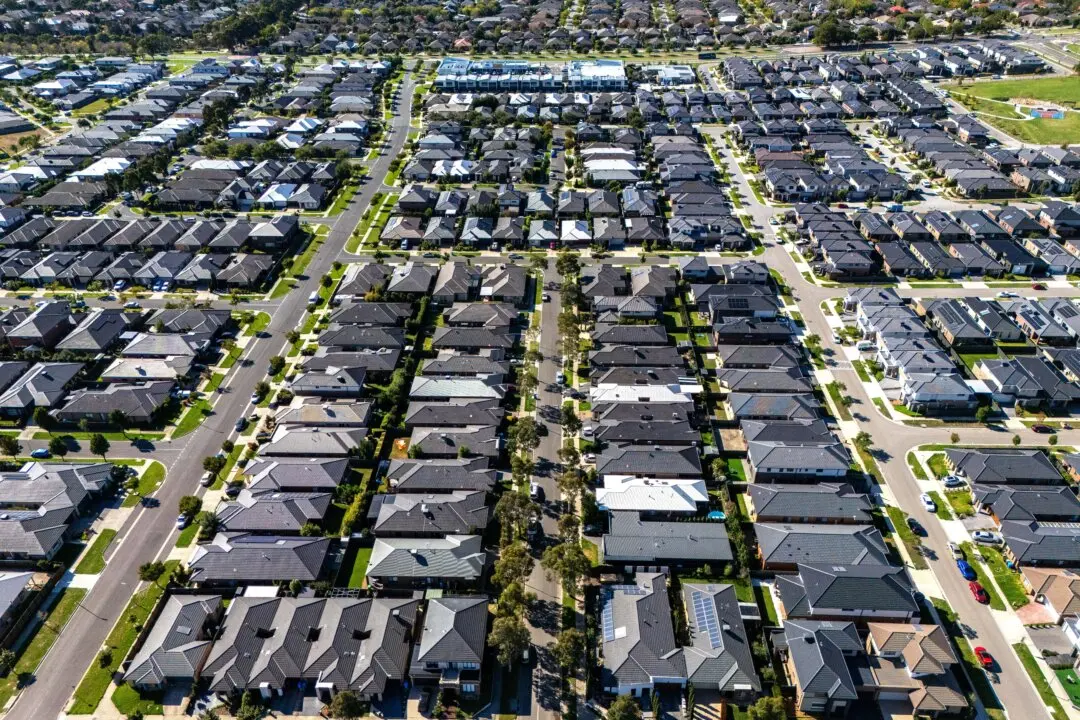With over 1.3 million Australians identifying as having Chinese ancestry, the question of how Chinese-language social media shapes elections has become a major topic, particularly as the official race for the 2025 election kicks into high gear.
While not all of the 1.3 million individuals are necessarily fluent in Mandarin, that hasn’t stopped China-based platforms from gaining a foothold down under.
In turn, Australian ministers have adopted a more muted tone when discussing the Chinese Communist Party (CCP), in an attempt to avoid the “anti-Chinese” label that was propagated on platforms like WeChat during the last election.
All China-based apps generally carry out a layer of censorship regarding content deemed offensive to Beijing, including topics like Falun Gong, human rights in Hong Kong, and Taiwan.
Further, MPs and candidates in marginal electorates with large Chinese-speaking populations—such as Menzies, Chisholm, Moreton, Bennelong, and Reid—have jumped onboard these platforms to better communicate with voters.
From a simple communication app like WhatsApp, WeChat has evolved to include a broad array of services—mainly in mainland China—including digital payments, e-commerce, and online gaming.

The data collection practices of WeChat have always raised questions, particularly because information is collected and stored on mainland Chinese servers, which are subjected to CCP laws that compel platforms to hand over information if it’s deemed to impact “national security.”
Overseas, the platform continues to be popular among first-generation mainland Chinese migrants who regularly communicate with fellow migrants or family members back home.
RedNote (Xiao Hong Shu)
RedNote, or literally translated as “Little Red Book,” became more well known following the U.S. government moves to force the sale of the short-form video app TikTok, which saw some American TikTokers jump to RedNote in protest.RedNote began as an Instagram-like lifestyle and travel app offering recommendations on things to do, while also promoting beauty products—the app overwhelmingly caters to women.
Like WeChat, however, once it gained traction, it expanded its service offering into e-commerce and social media, and now commands about 200 million users in China, according to Statista.
In Australia, the user base is estimated to sit at 650,000 with an upper range of about 900,000.

TikTok
The app effectively changed the way Western social media platforms operate.TikTok (known as Douyin in China) popularised the 10 to 15-second short, which has helped it gain dominance over the post-2000-born youth in Western countries.
TikTok has faced enormous pressure over its data collection policies and censorship of content, it is banned from Australian government devices, along with Chinese AI program DeepSeek.
The app is estimated to have eight million young users in Australia.

Other Platforms Chinese-Speakers Use
Interestingly, the Lowy Institute survey also found a high number of Chinese-Australians were using Western-developed social media apps like Facebook and Instagram. These apps typically offer Chinese-language options.How Much Will Chinese Social Media Apps Sway the Vote?
Professor Nicholls says it is not so much the platform but the user-generated content that sways votes, and that can be seen on any social media outlet—Chinese or not.“Some of these [public sentiment] shifts have been facilitated by the sharing of views on Meta and Google platforms, as each of the platforms is primarily user-generated content. I do not think that [Chinese] platforms will sway anything,” he told The Epoch Times.
Meanwhile, expert associate at the National Security College of ANU, Rowan Callick, said a major segment of users had grown up within the communist system of the People’s Republic of China (PRC) and were accustomed to it censorship—in turn, they were more aware of censorship attempts by the CCP.
“Those who have chosen to live in Australia, in part at least because they enjoy the greater range of freedoms and opportunities here, know how to discount the range of information [on these platforms],” the former Asia correspondent told The Epoch Times.

Michael Shoebridge, director at Strategic Analysis Australia, issued a warning about these programs.
“People’s views are shaped by the ‘information sea’ they swim in. So, where Australians get a large chunk of their information about events in the world from particular platforms—like TikTok and WeChat—their views will be shaped by the information on these platforms,” he told The Epoch Times.
“How the information on these platforms is shaped, censored and presented is a key influence. And Chinese social media platforms have to curate their material to fit with CCP guidelines and censorship.”
“This social media content was actively permitted to circulate on these platforms by the government in Beijing, meaning it was an acceptable set of views for the Chinese state,” Shoebridge said, noting that Australian communities were directly exposed.
“So, yes, it is a factor in shaping Australians’ views on issues in our election. And, yes, [CCP leader] Xi Jinping’s agencies are able to play a destructive role in debates around our election.”

Not a Topic the Major Parties Want to Touch: Expert
Meanwhile, Callick, also an industry fellow at the Griffith Asia Institute, said the broader userbase was usually unaware of the risks.“They probably do not know the platforms’ origins or ownership, and might care little even if they did know, and as long as they gain entertainment from the sites,” Callick said, noting that the general public would only be concerned if it became a major election issue.
“But I doubt this will be the case, since both major parties will probably seek to maintain ’stabilisation' as a goal,” Callick said, pointing to the desire to increase trade ties with China.
“And the minor parties such as the Greens and Teals are more likely to be more supportive of closer PRC links than the Labor Party or Liberals.”

But Is This the Correct Approach?
Callick did say there was not enough hard evidence to support the findings of the 2022 Liberal Party’s review that Chinese voters did not like the former government’s tough stance on the CCP.“Too much of this concern is anecdotal, and sometimes presumes that people of Chinese ethnicity are all or mostly from the PRC,” Callick said.
He also said the review assumed too many factors like the level of citizenship uptake amongst Chinese residents in Australia (the CCP does not allow for dual citizenship), and also that the CCP receives broad support from Chinese residents in Australia.
In fact, emigration from China to Australia has been at its highest for years amid an ongoing wealth drain from CCP ranks.
“The Liberal Party may feel that despite the lack of empirical evidence, the indications from voting patterns in seats with high proportions of PRC-origin voters point to this being an issue directing their votes last time,” Callick said, in reference to the 2022 election where the Liberal Party lost seats like Chisholm—home to one of Melbourne’s largest Chinese communities.
In turn, this has led the centre-right party candidates to adopt a more “disciplined” approach towards discussing the Chinese regime.
“One can understand, therefore, the current response. But this results in a distorted policy-making process on China relations.”







